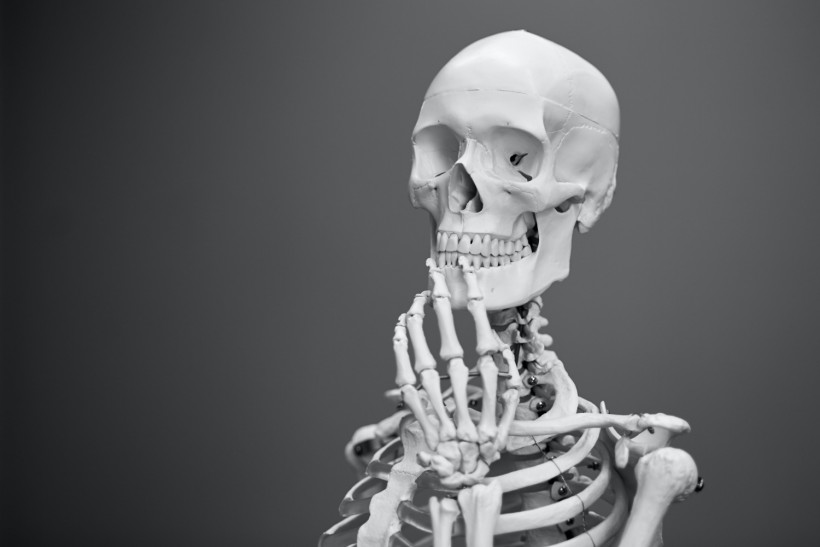Teeth, although tough and resilient like bones, stand apart from the skeletal system. Unlike bones, teeth lack the ability to self-repair due to their unique composition. Recognizing these distinctions is vital for effective maintenance, ensuring the well-being of both teeth and bones.

Are Teeth Bones? Are They Not Considered Part of the Skeletal System?
Why Are Teeth Not Bones?
Experts on dental anatomy noted that teeth are distinct from bones as the former is comprised of four essential tissue types: pulp, dentin, enamel, and cementum, setting them apart from the primarily collagen-based composition of bones.
While the presence of calcium phosphate, the mineral contributing to their hardness, leads to the misconception that teeth are akin to bones, they deviate significantly in terms of regenerative capabilities.
Bones exhibit a remarkable ability to self-repair, swiftly mending fractures and continuously replenishing old tissue with new, maintaining the structural integrity of the skeletal system.
In contrast, teeth lack this innate capacity for regeneration. A broken tooth does not naturally regenerate, nor does tooth decay reverse on its own. Hence, this emphasizes the importance of diligent oral hygiene practices and regular dental care.
That means teeth are stronger than bones, primarily due to their enamel covering, which is composed of hydroxyapatite, a mineral harder than steel, gold, silver, and iron. However, enamel is susceptible to damage from acidic food and drinks, and once it erodes, it's challenging to restore.
Another difference between teeth and bones is that the latter, unlike the former, have bone marrow that produces red and white blood cells. Moreso, teeth contain dental pulp, a living part with nerves and blood vessels, responsible for sensations like toothaches.
Meanwhile, bones receive their blood supply from arteries passing through the periosteum into the inner marrow. Unlike teeth, bones are tucked away beneath the skin, while teeth are visible. Teeth may be aesthetically treated, but there's no concern about bone discoloration.
Are Teeth Part of the Skeletal System?
In adulthood, the human body typically possesses about 206 bones, while newborns begin with 300-350 bones that gradually merge as they grow. The skeletal system serves vital roles in offering support, enabling movement, providing protection, producing blood cells, storing calcium, and regulating hormones.
This system is characterized by a variety of layers and elements, including cartilage, blood vessels, periosteum, bone marrow, spongy bone, and compact bone.
Gender-based differences in skeletons are primarily related to facilitating childbirth, involving variations in mandible angle, pelvic shape, and bone density. Ethnic disparities also exist in skeletal structures.
Teeth, though distinct from bones, are part of the skeletal system and are the body's toughest material, consisting of enamel and dentin, with adults typically having 32 teeth and children 28. Genetic variations exist in both bone and dental structures, making them susceptible to age-related diseases like arthritis and periodontal issues.
The fundamental differences between teeth and bones underscore the importance of maintaining good dental hygiene and regular dental check-ups.
RELATED ARTICLE: Scientists are Working on a Way to Regrow Teeth in 2 Months
Check out more news and information on Medicine & Health in Science Times.














